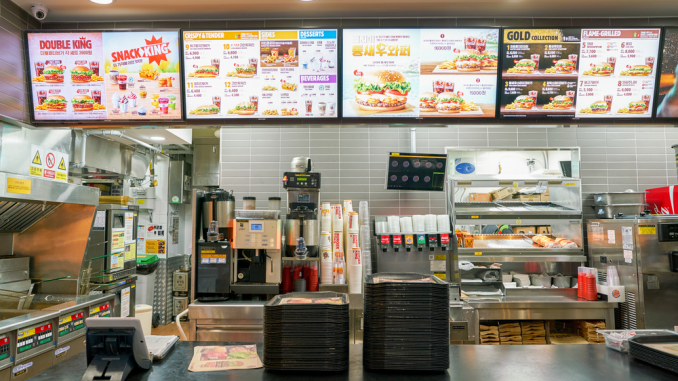
Food is the underlying foundation that continuously connects the diverse aspects of global life. People around the world can empathise with other individuals through the link that cuisines create. But this common denominator can backfire at times. When you are exploring a new country, food is a part of it. But not at all times will suit every traveller’s appetite. For example, if you are enjoying the beauties of a country like Japan or Korea most of the dishes on the menu will be sea-based. While for some this will heaven made of delicious victuals, for others it could be a study in frugal eating.
Why?
“It might be because the person is allergic to seafood or is a pure vegetarian. It is in instances like this one that fast food restaurants come in handy. They remain unchanging across the world. A glance of the similar interior design is enough to signal to the brain that there is a place where food of your kind will be available”, says Mr. Richard, an architect working for www.dwellion.in, the foremost Interior Architects in Chennai.
In this article, we study how the design of a fast food joint caters to its business. In other words, when starting a restaurant what the elements to keep in mind when working on the interior decoration are.
- The first factor is to bear in mind that the surface, the outer layer, should be as eye-catching as possible. The more attractive it is, the more customers will come in. The aim is to create a décor that keeps people engaged and hungry at the same time.
- The second concept to implement when designing the interiors of a fast F&B place is to make it efficient. Unlike fine dining eateries, which are meant to provide a memorable experience, fast food restaurants are about quick turnout. So, the seating and the layout should be such that it offers ‘fast gratification.’ The design has to support the idea that every person can eat as fast as possible and then vacate the seat for the next individual.
- The third aspect to be kept as a priority when planning the design and the ambiance is to think of the exterior along with the interiors. Employ the ketchup-mustard phenomenon which says that using red and yellow pigments in design stimulates the appetite of people. To put it simply, when you paint a fast food joint in these two shades you make your customers hungrier. It is why we commonly see big chains like KFC, McDonald’s, etc. either painting the walls with the hues or employing it for their logos. If red and yellow are just too in the face, then at least think of wielding warm colours for the interior design of your restaurant. They have an effect quite similar to red and yellow.

Leave a Reply